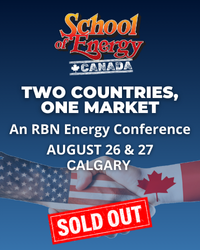It used to be the case that if natural gas even came up in power-industry discussions of generation, it happened at the end of a meeting—“Well, we’re done with our nuclear and coal plans, anyone have anything else to discuss before we go to dinner? Oh, that’s right—anything happening with gas?” Now it’s the other way around. It seems like every discussion starts with gas, whether it’s about the plants being low-cost and easy to site, about concerns around reliability and price volatility, or around the impact of the gas market on coal investments. And power is clearly the fastest growing segment of the U.S. natural gas market. But does all this attention from the power market mean that the natural gas industry really understands the power side? Perhaps not. In fact, we’ve found that frequently, as soon as we get beyond the marketers and analysts who deal specifically with supplying gas-fired power generation, there’s a lot the natural gas industry (and the energy markets in general) can learn about power plants, electricity markets, and how natural gas fits in. So for that reason, we’ve concluded that now is a good time for a primer on how gas-fired generation works, how it fits together with energy markets and how it might be affected by national policy changes. Today we take on this challenge with the first installment of a three-part series.
Join Backstage Pass to Read Full Article









